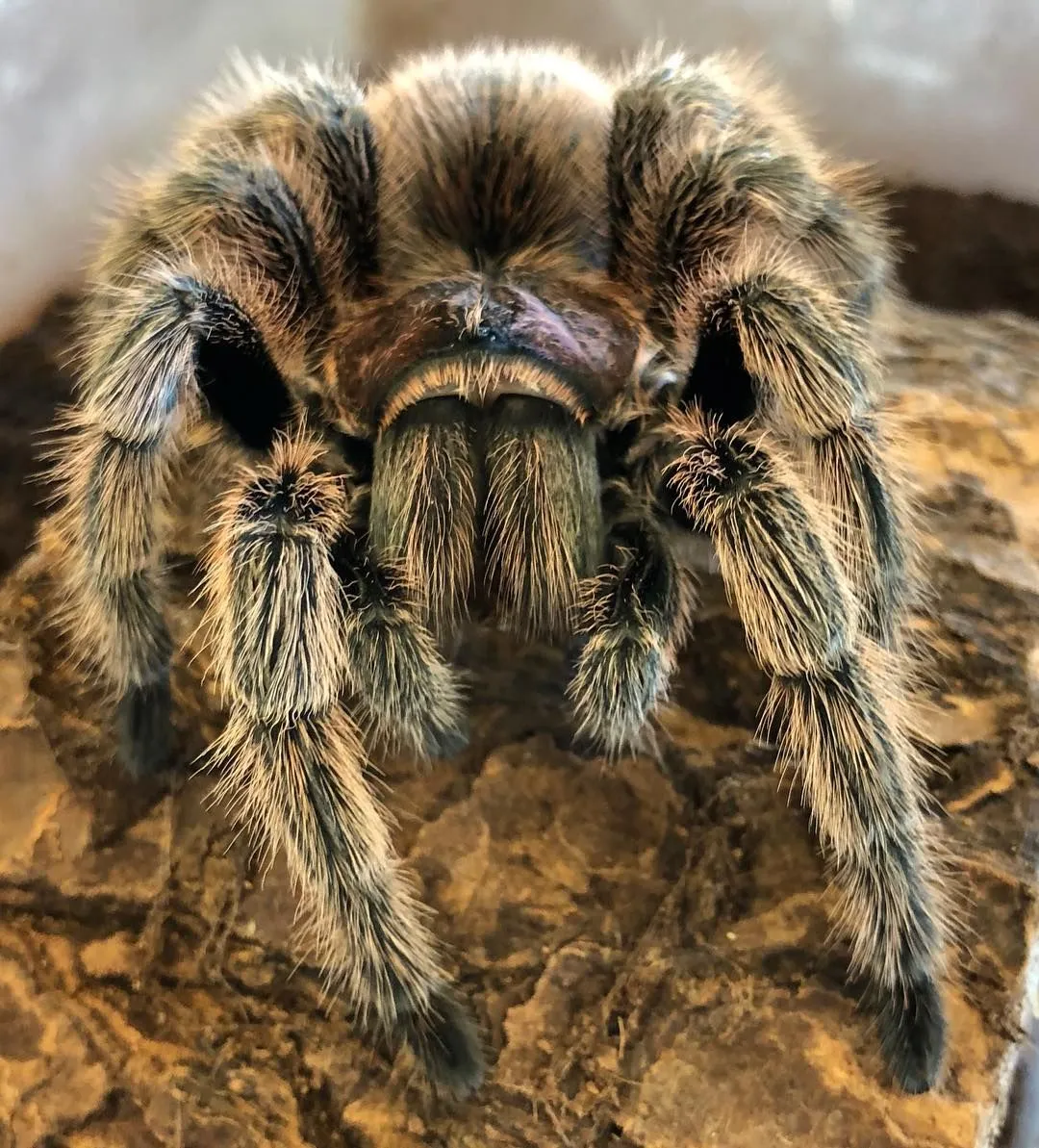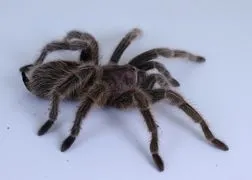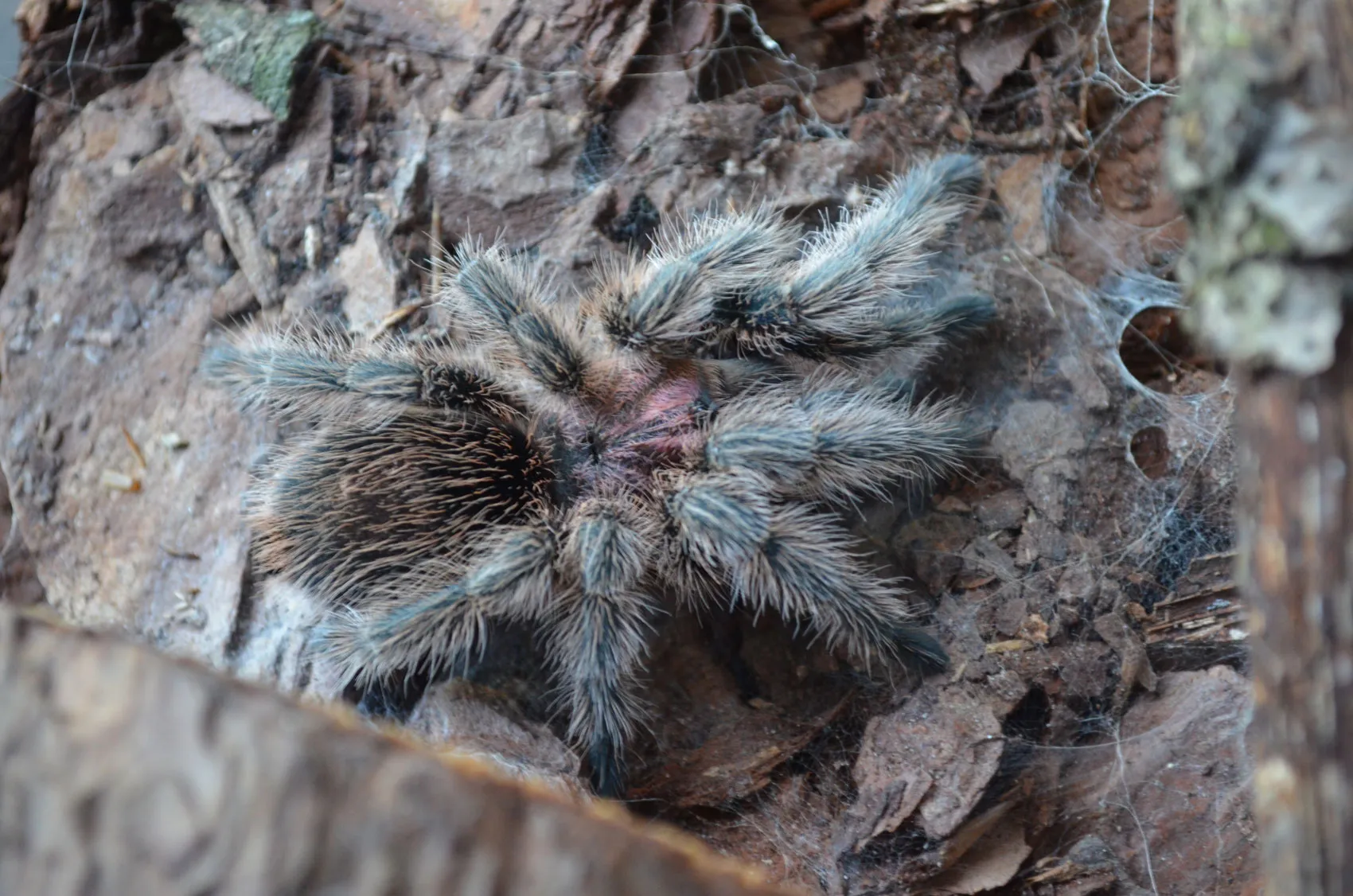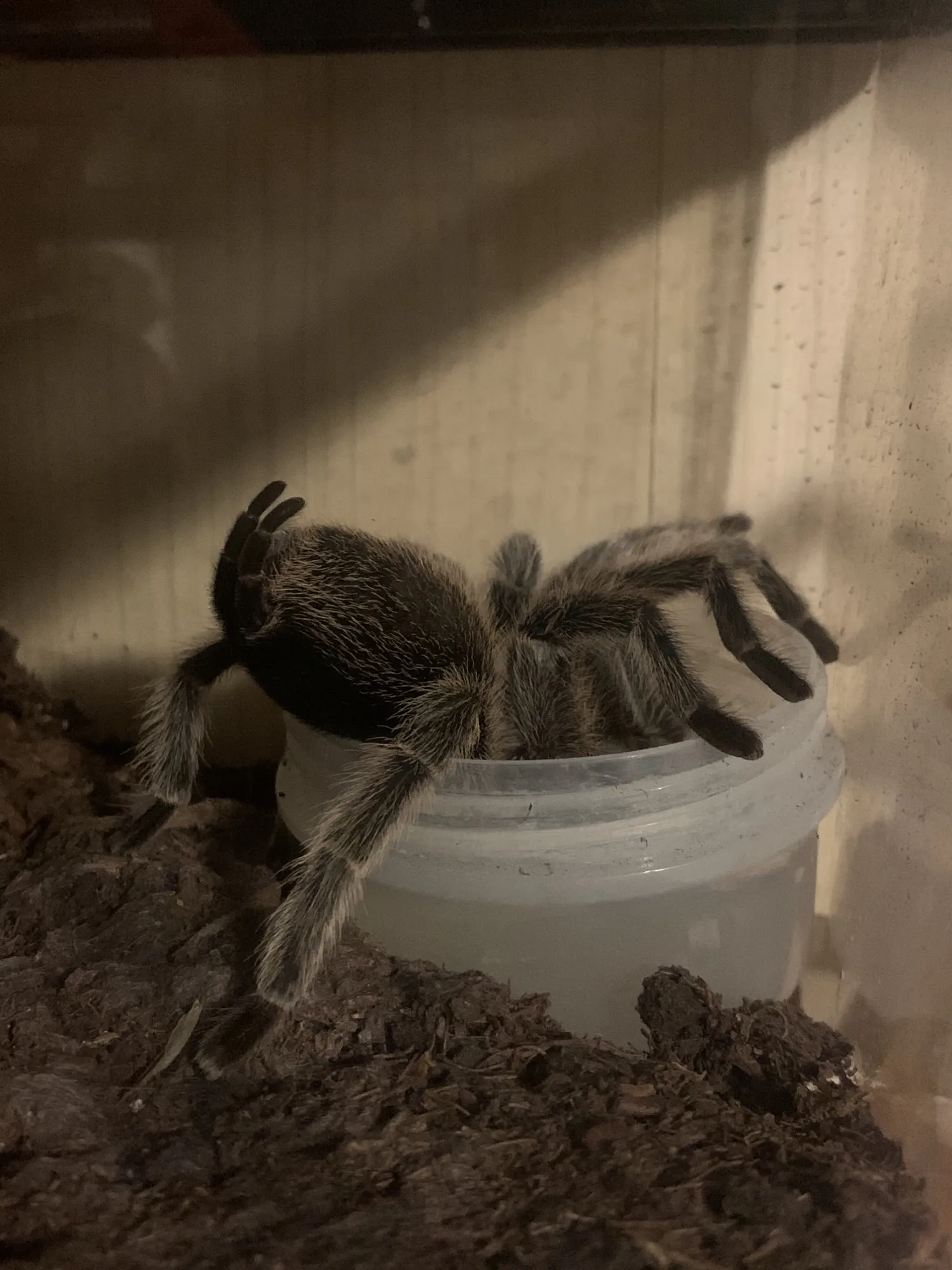Rose Hair Tarantula Fact: Is it Poisonous?
The question of whether a rose hair tarantula is poisonous often arises when potential owners are considering them as pets. Understanding the difference between poison and venom is crucial. This article aims to clarify the facts about rose hair tarantulas, addressing the common misconceptions and providing accurate information about their nature. We’ll explore their defensive mechanisms, care requirements, and address the crucial question: Are rose hair tarantulas poisonous? Let’s delve into the fascinating world of these arachnids to uncover the truth and separate fact from fiction. This guide aims to provide a comprehensive understanding of rose hair tarantulas, ensuring you have all the information you need.
Rose Hair Tarantulas Bite and Venom
Rose hair tarantulas are venomous, not poisonous. This means they inject venom through a bite, a process entirely different from how a poisonous animal or substance affects a target. When a rose hair tarantula bites, it uses its fangs to inject venom, which is a complex mixture of proteins and other substances. The primary purpose of this venom is to subdue prey, such as insects, and to aid in digestion. While a bite from a rose hair tarantula can be painful, the venom is generally not life-threatening to humans. The effects of a bite may include localized pain, redness, and swelling, but serious reactions are rare. It’s crucial to differentiate between the terms ‘poisonous’ and ‘venomous’ to fully understand the nature of these creatures.
The Venom’s Impact

The venom of a rose hair tarantula is designed to affect small prey. The potency and impact of the venom vary slightly from individual to individual. The venom works by causing paralysis and breaking down the tissues of the prey, which the tarantula then digests. In humans, the effects are generally limited to the immediate area of the bite. Common symptoms are pain, redness, and some swelling. Allergic reactions are possible, although not common. If bitten, it is important to clean the wound and monitor for any signs of a more severe reaction, such as difficulty breathing or severe swelling. Medical attention should be sought immediately if this occurs. Understanding the potential impacts helps to ensure safe handling practices.
Rose Hair Tarantula Poison vs. Venom
The distinction between poison and venom is critical. Poisonous creatures or substances are harmful when ingested, inhaled, or absorbed through the skin. Venomous animals, on the other hand, deliver their toxins through a bite or sting. Rose hair tarantulas are venomous because they inject venom through their fangs. If you were to ingest a rose hair tarantula (which is not advisable), it would not harm you in the same way that a poisonous substance would. This difference underscores the unique defensive and predatory strategies of these fascinating creatures. Knowing the difference helps in providing safe and responsible care for them.
What is Venom?
Venom is a complex cocktail of toxins that an animal injects into its victim using specialized delivery systems, such as fangs or stingers. The components of venom can include enzymes, proteins, and other substances that disrupt the physiological processes of the target. In tarantulas, venom is primarily used to immobilize and begin the digestive process of prey. The venom of a rose hair tarantula is not designed to be lethal to humans, but it can cause localized pain and discomfort. Venom is not something that is passively harmful; it is actively injected into the target through a bite or other action, which is important when considering the risk.
What is Poison?

Poison, unlike venom, is a substance that causes harm when it is ingested, inhaled, or absorbed through the skin. Poisonous animals or substances do not actively inject toxins. The harm comes from direct contact or consumption. Examples include certain plants, fungi, and some animals that have toxins in their bodies. If a rose hair tarantula contained poison, simply touching it or being near it could cause a reaction. Since they are venomous and not poisonous, the risk of harm is primarily through the bite, not through any contact with their body. Understanding these differences helps to highlight the way tarantulas interact with their environment and defend themselves.
Rose Hair Tarantula Behavior
Rose hair tarantulas are generally docile, but they can exhibit defensive behaviors when they feel threatened. Understanding their behavior is key to responsible ownership. They are not naturally aggressive, but they may bite if they feel threatened or are mishandled. Their defensive strategies are designed to deter predators, not to attack indiscriminately. Knowing their behavior allows for safe handling and helps to create a comfortable environment for both the tarantula and its keeper. This includes understanding their environment, triggers, and overall temperament, which is essential for a positive experience with the pet.
Defensive Mechanisms
Besides their venom, rose hair tarantulas have several defensive mechanisms. One primary defense is their ability to flick urticating hairs from their abdomen. These tiny hairs are barbed and cause irritation upon contact with skin or eyes. This is a common defense mechanism against potential predators. Another defensive behavior is a threat posture, where they rear up on their hind legs and display their fangs. This is a warning signal, indicating that they feel threatened and are prepared to defend themselves. They may also attempt to run away and hide, which is their preferred method of avoiding conflict. Understanding these mechanisms helps you interact with the tarantula safely.
Urticating Hairs

Urticating hairs are one of the primary defense mechanisms of rose hair tarantulas. These hairs are located on the abdomen and are released when the tarantula feels threatened. These tiny hairs are barbed and cause intense itching and irritation when they come into contact with the skin or eyes. They are designed to deter predators. If you are handling a rose hair tarantula, it’s important to avoid provoking it, as this can cause the release of these hairs. If you get the hairs on your skin, wash the affected area thoroughly and avoid rubbing it. Understanding urticating hairs helps to create a safe and comfortable environment for both the tarantula and the owner.
Rose Hair Tarantula Care
Caring for a rose hair tarantula involves understanding their specific needs. This includes habitat requirements, feeding habits, and the overall environment. Providing the proper care ensures the tarantula lives a long and healthy life. They are relatively low-maintenance pets but require specific conditions to thrive. This section discusses the essential elements required to successfully care for a rose hair tarantula, helping you create a nurturing and safe environment for your pet. Proper care enhances the experience for both the owner and the tarantula.
Habitat Requirements
A proper habitat is essential for a rose hair tarantula’s well-being. The enclosure should be appropriately sized for the tarantula, providing enough space to move around. A 10-gallon tank is often suitable for adults. The enclosure needs a substrate, like coconut fiber, that allows the tarantula to burrow. It is important to maintain the correct temperature and humidity levels. This can be achieved using a heat source and regular misting. It is also important to provide hiding places, such as cork bark or artificial plants, where the tarantula can retreat. The environment should be free of any hazards, such as sharp objects, and should be cleaned regularly. Proper habitat is essential to help the tarantula thrive.
Feeding Habits

Rose hair tarantulas are carnivorous and primarily eat insects. Crickets, mealworms, and roaches are common food sources. The size of the prey should be appropriate for the size of the tarantula. It is generally recommended to feed juvenile tarantulas 2-3 times per week, and adults once a week or less. Always remove any uneaten food within 24 hours to prevent mold growth. It is also essential to provide a shallow dish of fresh water at all times. The feeding schedule can be adjusted based on the tarantula’s behavior and size. Ensure your tarantula is properly fed and hydrated. This ensures their good health and overall well-being.
Rose Hair Tarantula: Common Misconceptions
Several misconceptions often surround rose hair tarantulas. Clearing these up is important for responsible pet ownership. Many people incorrectly assume that all tarantulas are highly aggressive and dangerous. This isn’t true; rose hair tarantulas are generally docile. Another common misconception is that their venom is deadly to humans. It is important to understand and address these to promote understanding and accurate information about these creatures. By dispelling myths, you can help ensure owners and future owners know what to expect.
Misconception About Poisonous
One of the most widespread misconceptions is that rose hair tarantulas are poisonous. As has been explained, they are venomous, not poisonous. This means they inject a toxin through a bite, which is different from a poisonous substance that is harmful upon contact or ingestion. Many people mistakenly believe they are dangerous to handle, and the fear around the idea of poison drives these concerns. Understanding the difference between poison and venom and knowing how rose hair tarantulas use their venom can reduce the fear and promote safer handling. Proper education allows for informed decisions and better pet care.
Conclusion

In conclusion, rose hair tarantulas are venomous but not poisonous. They inject venom through a bite, primarily to subdue prey, and the effects on humans are generally limited to localized pain and discomfort. Understanding the difference between poison and venom is essential when considering these fascinating creatures. By understanding their defensive mechanisms, care requirements, and common misconceptions, prospective owners can make informed decisions and ensure the well-being of their pet. With the right knowledge and care, rose hair tarantulas can make rewarding and interesting pets. Responsible ownership promotes a healthy and positive environment for these amazing arachnids.
